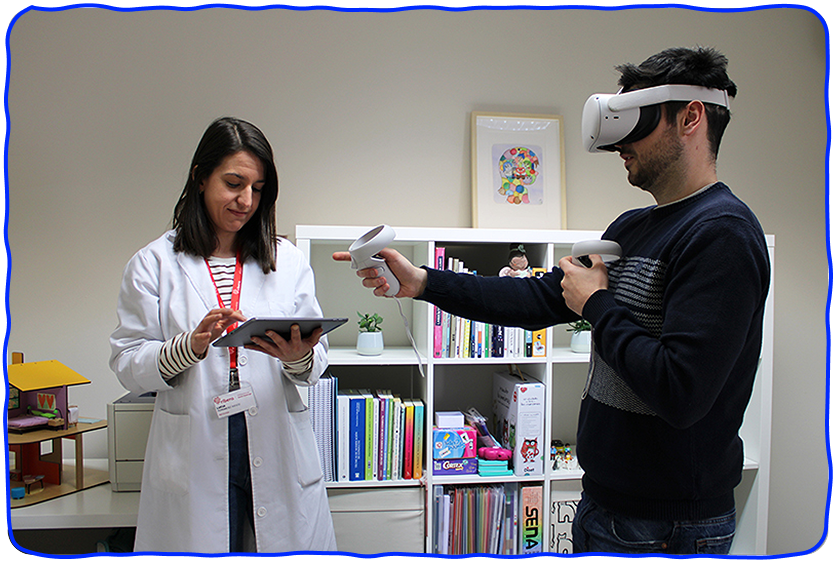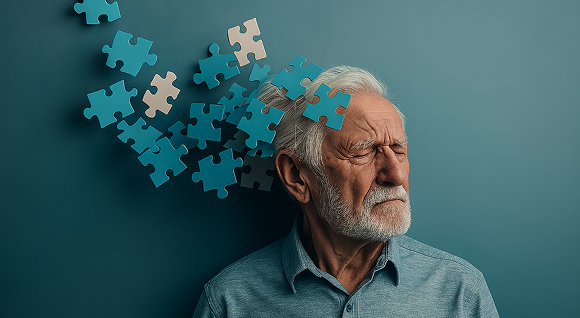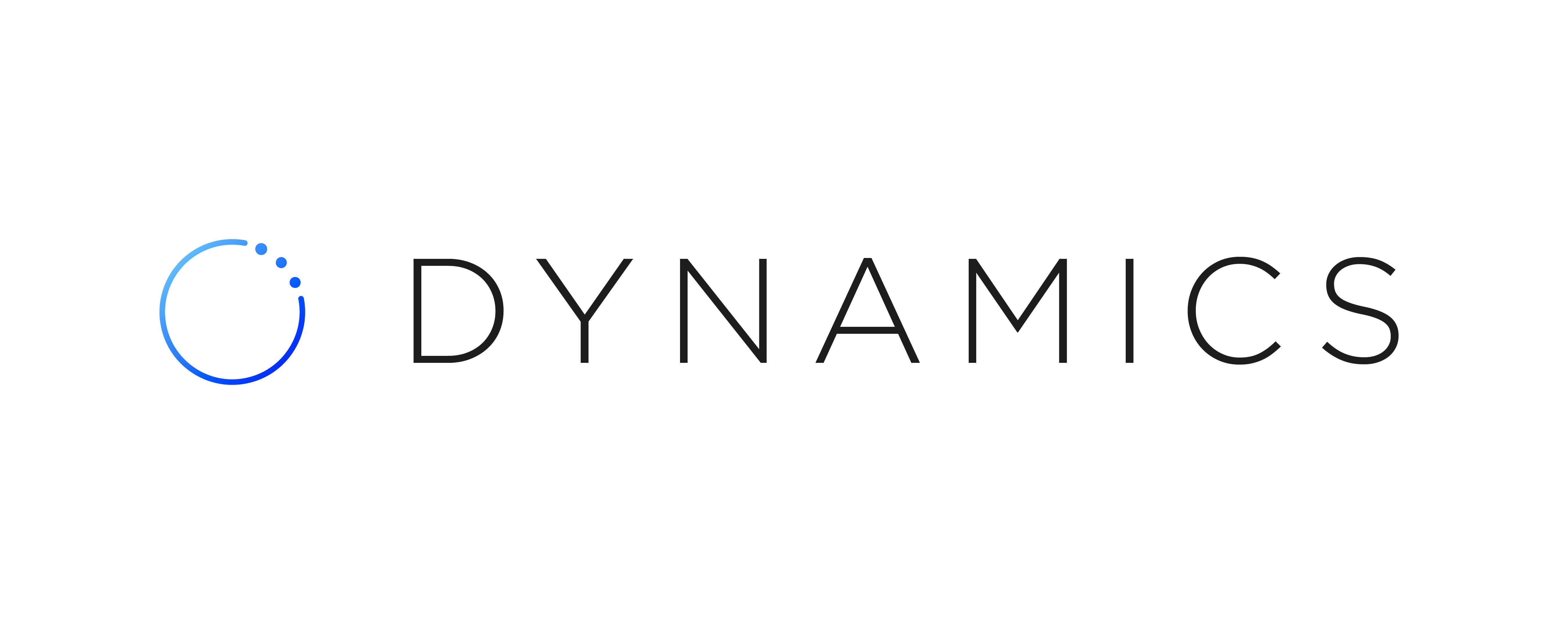Evidence of the use of Virtual Reality in Acquired Brain Injury
Dynamics VR – 07/17/2025
Table of Contents
- 1. What is Acquired Brain Injury?
- 2. Why use Virtual Reality in your rehabilitation?
- What does the evidence say?
- 4. How much VR dose is effective?
- 5. Bottom line.
What is Acquired Brain Injury?
Acquired Brain Injury (ABI) is a lesion that appears in the brain after birth, and is not hereditary, congenital or degenerative. It can arise traumatically, as in traffic accidents or falls (TBI), or non-traumatically, as in cases of stroke, anoxia or brain tumors (Goldman L et al. 2022).
This type of injury impacts neuronal functioning, affecting communication between neurons and causing physical, sensory, cognitive and emotional alterations (Lamptey et al. 2022).
Why use Virtual Reality in your rehabilitation?
Patients with Acquired Brain Injury often need an intensive and personalized approach to regain their functionality and autonomy. This is where Virtual Reality becomes an innovative ally. innovative allyespecially in phases where it is sought:
- Improve mobility and motor coordination.
- Enhance sensory integration.
- Stimulate neuroplasticity through specific and repetitive tasks.
Virtual Reality offers a safe, attractive and measurable environment where all these changes are made possible (Cucinella SL et al. 2025).

What does the evidence say?
Effects on motor and sensory function.
A recent systematic review (Palma GC et al. 2017; Yoo WK et al. 2025) points out that Virtual Reality, especially immersive, outperforms conventional therapy in improving:
- Upper limb motor function.
- Fine dexterity.
- Activities of daily living .
- It also improves strength, mobility and sensory perception.
Measurable brain impact
Neuroimaging studies reveal that Virtual Reality activates brain areas associated with mirror neurons and the primary motor cortex, even in chronic phases of stroke (Mekbib DB et al. 2021).
VR is effective in acute, subacute and chronic phases. In subacute phases, changes are observed mainly at the level of brain activation and connectivity (Feitosa JA et al. 2022).
Increased motivation, better adherence
Thanks to interactivity and gamification, patients feel more motivated and adherent to treatment (Sheehy L et al. 2025). This translates into better functional outcomes.
How much VR dose is effective?
Palma et al. (2017) and Gao et al. (2021) propose specific recommendations according to the therapeutic target in stroke:
- Immersive VR in general: 17-20 hours for 4-6 weeks (3-7 sessions per week).
- Upper limb in chronic phase: 30 minutes in 4-5 sessions per week.
- Walking and posture: 13.2 hours per week.
- Autonomy in ABVD: 13 hours per week.
- Manipulation and mobility in subacute phase: 24 h/week; chronic: 18 h/week.
These guidelines allow clinics to structure customized and measurable rehabilitation plans with VR.
In a nutshell
Virtual Reality is not only a promising tool for treating the sequelae of acquired brain injury, but it already has solid evidence of its clinical and neurophysiological impact. In addition, it favors the active participation of the patient, which is crucial for functional recovery.
Dynamics VR puts this evidence at the service of real rehabilitation, with validated, adaptable and user-centered technological solutions.
You may be interested in...

By Dynamics VR l July 21, 2025.
Evidence of Virtual Reality in Non-Acquired Brain Injury
Non-acquired brain damage refers to those neurological alterations present from birth or developed throughout life as a consequence of genetic processes or diseases….

By Dynamics VR l July 21, 2025.
Virtual Reality and pain management in neurological patients.
Pain is one of the most prevalent and debilitating sequelae in neurological disorders, significantly affecting the quality of life of patients with neurological…

